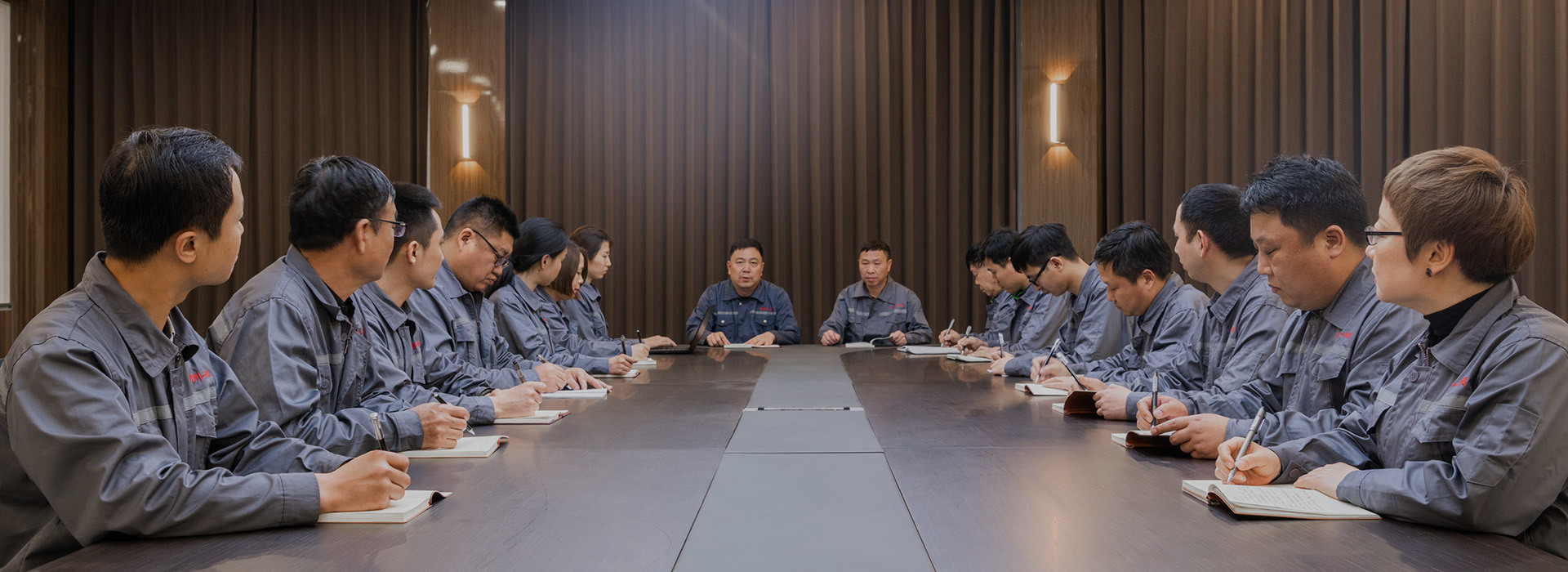23
2024
-
05
There are several connection methods for pipe valves of high and medium pressure ball valves
Some parts, joints and high and medium pressure valves on the gas transmission pipeline are collectively referred to as instrument high and medium pressure ball valves. The stability of the high and medium pressure ball valve directly determines the consumption and wear of the instrument, which will also be affected in chemical production. The high and medium pressure ball valve of the instrument with poor stability will cause the accuracy of the instrument to drop and the maintenance amount of the instrument to become larger. These problems are all problems that the instrument operator does not want to encounter.
Some parts, joints and high and medium pressure valves on the gas transmission pipeline are collectively referred to as instrument high and medium pressure ball valves. The stability of the high and medium pressure ball valve directly determines the consumption and wear of the instrument, which will also be affected in chemical production. The high and medium pressure ball valve of the instrument with poor stability will cause the accuracy of the instrument to drop and the maintenance amount of the instrument to become larger. These problems are all problems that the instrument operator does not want to encounter.
The connection mode of high and medium pressure ball valve includes: flange connection, clamp connection, butt welding connection, threaded connection, clamp sleeve connection, clamp connection, self-sealing connection and other connection forms.
Flange connection:
Flange connection is that both ends of the valve body are equipped with flanges, which correspond to the flanges on the pipeline, and the flanges are fixed by bolts and installed in the pipeline. Flange connection is the most used in the valve connection form. Flange has convex surface (RF), plane (FF), convex concave surface (MF) and so on.
Interclamp connection:
The high and medium pressure valve is installed in the middle of the two flanges. The valve body is usually provided with positioning holes to facilitate installation and positioning. The high and medium pressure valve and the two ends of the pipeline are directly clamped with bolts.
Welded connections:
It is also divided into butt welding connection and socket welding connection. Butt welding connection: both ends of the valve body are processed into butt welding grooves according to butt welding requirements, which correspond to the pipe welding grooves and are fixed on the pipe by welding; Sockets welding connection: both ends of the valve body are processed according to socket welding requirements and connected with the pipe by socket welding.
Threaded connections:
Threaded connection is a simple connection method, often used in small high and medium pressure valves. Valve body according to the thread standard processing, there are two kinds of internal and external threads. Corresponds to the thread on the pipe.
Sleeve connection:
The ferrule connection has only been developed in our country in recent years. Its connection and sealing principle is that when the nut is tightened, the ferrule is under pressure, causing its blade to bite into the outer wall of the pipe, and the outer tapered surface of the ferrule is in contact with the inner body of the joint under pressure. The conical surface is tightly closed, which can reliably prevent leakage. Such as high and medium pressure ball valve.
Clamp connection:
This is a quick connection method, it only needs two bolts, suitable for high and medium pressure valves that are often disassembled. Such as sanitary high and medium pressure valves.
Internal self-tightening connection:
The above various connection forms, are the use of external force to offset the medium pressure, to achieve sealing. The following describes the use of medium pressure for self-tightening connection form. Its sealing ring is installed at the inner cone and formed a certain angle with the opposite side of the medium. The medium pressure is transmitted to the inner cone and then to the sealing ring. On the conical surface at a certain angle, two component forces are generated, one is parallel to the center line of the valve body and the other is pressed to the inner wall of the valve body. The latter component is the self-tightening force. The greater the pressure of the medium, the greater the self-tightening force. So this connection form, suitable for high pressure valve. Compared with flange connection, it saves a lot of materials and manpower, but it also requires a certain pre-tightening force so that it can be used reliably when the pressure in the valve is not high.
Related Information
2024-05-23



